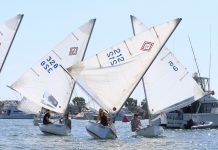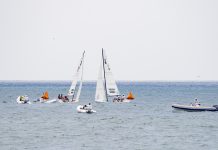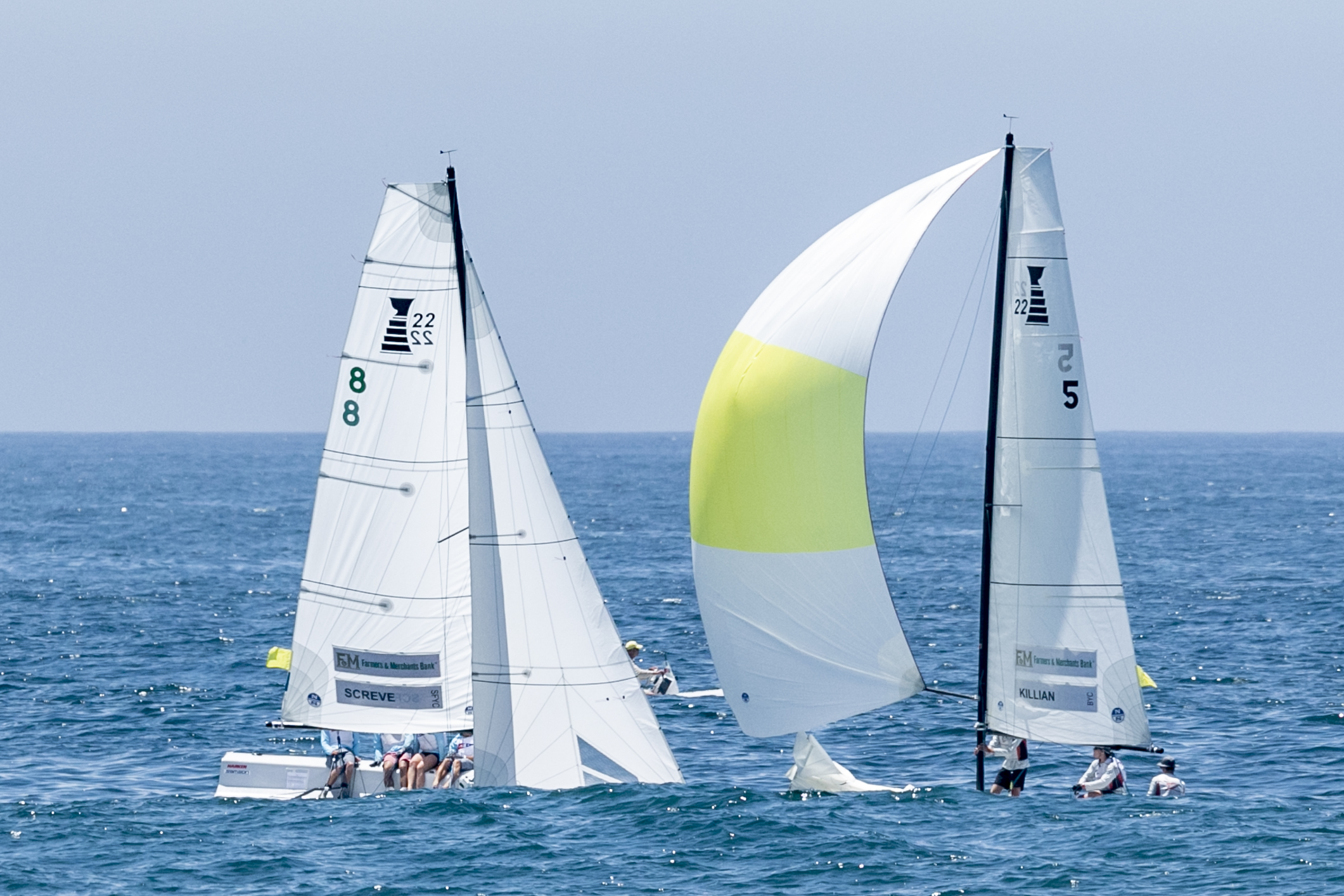One of my favorite sayings about the Transpac Race from Los Angeles to Hawaii is that, “The sailing tomorrow is probably going to be even better than today… and today was awesome!”
It’s hard to argue that the Transpac is one of the premier offshore races in the world. First of all there’s the impressive 100-year-plus pedigree. Then there’s the fact that the 2,225-mile race course passes a point at midway that is as far from land as is geographically possible on Earth (boats are more than 1,100 miles from the nearest land at that point). And then there’s the fact that it starts off the beautiful Southern Cal coast, and ends in Hawaii off Diamond Head.
What’s not to like about this race?
Each day into the Transpac the winds get a little stronger, the waves get a little bigger, and the temperature gets a little warmer. And the capper at the end of the race is in the last 100 miles there is an exhilarating joy ride down the Molokai Channel where winds often reach the mid-20s (or more) and the waves can build up to 10 feet. Finally, once the race passes through the Molokai Channel’s “white-knuckle sleigh ride,” boats are then (finally!) escorted to a traditional Hawaian “Aloha welcome party.”
Again, what’s not to like?
At this point in the 2011 race, most of the Transpac racers are now enjoying steady 10-20 knot “trade winds” that have filled in from the Northeast, and are seeing big rolling swells that are perfect for surfing. On board most boats this means steady spinnaker reaching, and most boats are averaging speeds that they only occasionally get to see nearer the coast. Some of the fastest 70-foot boats will be able to sustain 24 hour average speeds in excess of 13-15 knots, and race leaders Magnitude 80 and Belle Mente have both already logged 24 hour runs of more than 350 miles.
The big question for the 2011 Transpac has been how far south do boats need to go? Already several boats are now locked into northerly routes that are a hundred miles above their competitors, and these boats’ navigators are looking anxiously over their shoulders at boats that took the longer, more southerly, but often more breezy course during the first 48 hours. And with the Pacific High creeping down toward from the north near the rhumb line, this is starting to look like a year that the southerly route is going to pay off – boats furthest south should see better breeze, producing boat speeds that are maybe a knot or two faster on average than their competitors further north – over the middle 1,000 miles of the course, this is likely going to be a critical difference between 2011 Transpac winners and losers.
Full results and real-time position reports are available at www.transpacrace.com.




